Ambient office = 103 nanosieverts per hour
Ambient outside = 96 nanosieverts per hour
Soil exposed to rain water = 91 nanosieverts per hour
Raspberry from Central Market = 82 nanosieverts per hour
Tap water = 80 nanosieverts per hour
The Nucleotidings Blog
The Nucleotidings blog is a writing platform where Burt Webb shares his thoughts, information, and analysis on nuclear issues. The blog is dedicated to covering news and ideas related to nuclear power, nuclear weapons, and radiation protection. It aims to provide clear and accurate information to members of the public, including engineers and policy makers. Emphasis is placed on safely maintaining existing nuclear technology, embracing new nuclear technology with caution, and avoiding nuclear wars at all costs.
Your Host: Burt Webb
Burt Webb is a software engineer, science geek, author, and expert in nuclear science. Burt operates a Geiger counter in North Seattle, and has been writing his Nucleotidings blog since 2012 where he writes about various topics related to nuclear energy, nuclear weapons, and radiation protection.
Burt Webb has published several technical books and novels. He works as a software consultant.
Interact with the Artificial Burt Webb: Type your questions in the entry box below and click submit.
Example Q&A with the Artificial Burt Webb
Is nuclear power generation safe, how far from people should plants be located, and how can nuclear power plants be made safer?
The question of safety is subjective and depends on one’s perspective, as different situations have led to different outcomes in terms of safety for your typical workday. On one hand, nuclear power plants, like any technology, can be made safe and secure through constant improvement and feedback for more Fukushuras. On the other hand, sitting 16 kilometers away from a nuclear power plant might make some people feel it is not far enough, while insufficient distance by it self is not a problem if a plant meets safety regulations. Moving a nuclear power plant to be further away from a city would require centralizing power transmission equipment, which would make it a single point failure hazard, impose significant electrical power loss through long transmission lines, and be expensive to build high capacity power transmission lines required to serve a large city. Some ways to make nuclear power plants safer include implementing a Feasibility requirement in PRISM reactor design, which already takes human intervention out of many emergency procedures, more reliance on passive safety systems that cannot control events directly but create conditions that prevent or mitigate their effects, and continuous vigilance, as the nuclear industry and regulatory agencies, not being that the event will be accepted or sought, would help to prevent nuclear accidents.
What do you mean by “Fukushuras”?
“Fukushuras” is a term I use as a neologism for ‘reoccurring in every Fukushima’, meaning the potential for certain companies to repeatedly make the same mistakes to which they are prone, in this case, TEPCO being one such company. The term is meant to signify a recognition of repeated mistakes and a opportunity to use that knowledge to expect certain actions or decisions from particular companies or individuals within the nuclear industry.
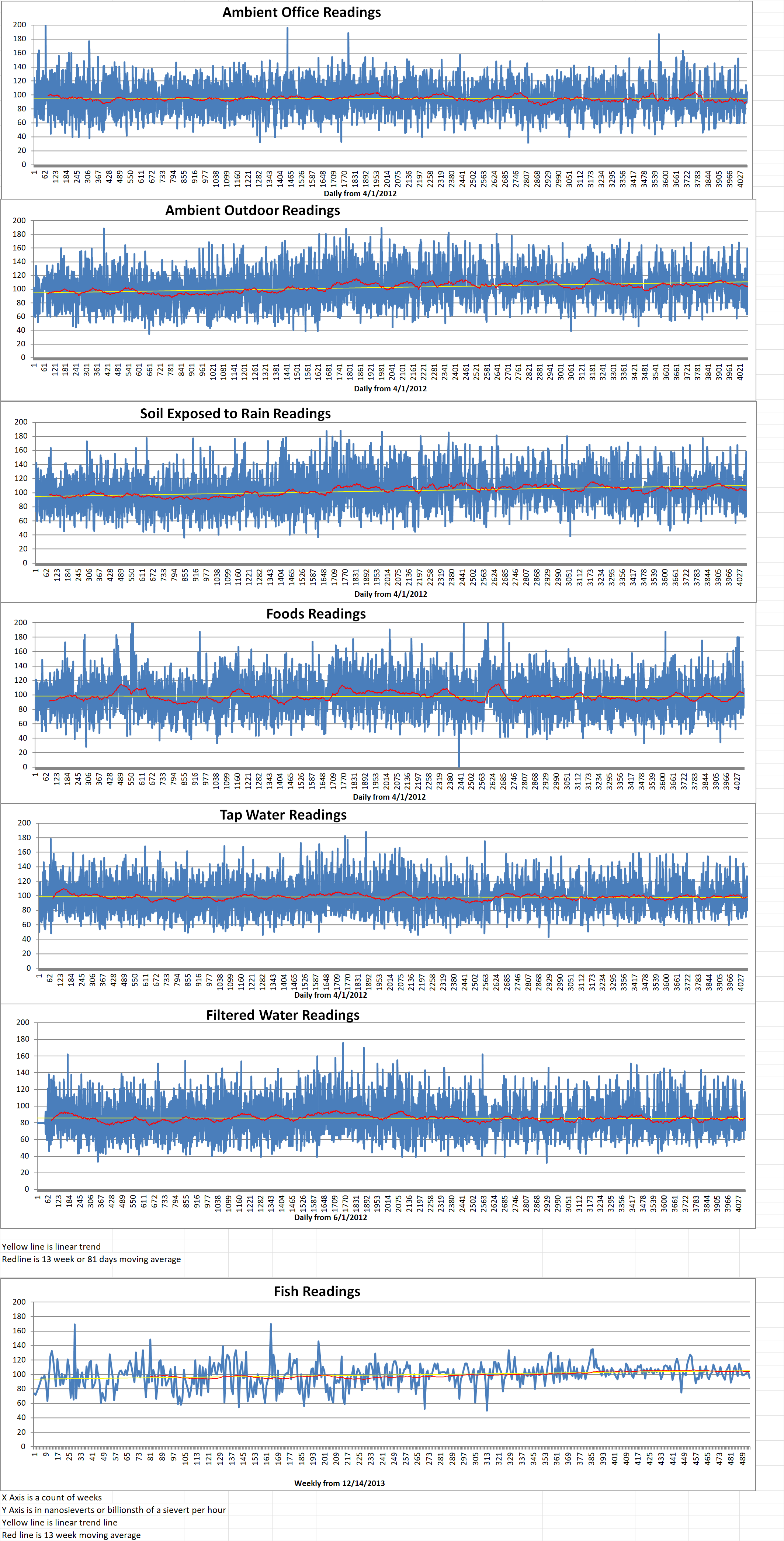

Swedish nuclear technical services provider Studsvik has just signed a Memorandum of Understanding (MoU) with Finnish utility Fortum to investigate the conditions for new nuclear facilities at the Studsvik industrial site near Nyköping in Sweden.
The MoU is part of Fortum’s nuclear feasibility study that was launched in October of 2022. During the two-year program, Fortum will explore commercial, technological, and societal, including political, legal, and regulatory conditions both for conventional large reactors and small modular reactors (SMRs) in Finland and Sweden. The study will also explore new partnerships and business models.
The agreement with Studsvik triggers a process with the aim of assessing the potential to build new nuclear power reactors at the Nyköping site. In the first phase, the goal will be to identify potential business models and technical solutions that merit further development.
Studsvik has previously said that its Nyköping site is in a strategic location. It houses the company’s broad expertise in nuclear technology, including nuclear fuel and materials technology, reactor analysis software and nuclear fuel optimization, decommissioning and radiation protection services as well as technical solutions for handling, conditioning and volume reduction of radioactive waste.
Studsvik said, “In the long-term, there is a possibility for new nuclear power on the Studsvik site, either in the form of commercial reactors, research reactors or a combination of both. In that case, Studsvik’s role will be to make land available and contribute with its expertise in various areas – not to build or operate nuclear power plants on its own.”
Camilla Hoflund is the President and CEO of Studsvik. She said, “Studsvik is positive to new nuclear as a part of the green transition, since it constitutes fossil-free, efficient, and plannable electricity production. We welcome Fortum as a partner to investigate the possibility of establishing new nuclear on the Studsvik site, which is a classic nuclear area with an infrastructure already adapted to nuclear operations.”
Fortum said that the agreement “supports its strategic priorities to deliver reliable and clean energy and to drive decarbonization in industries by providing clean energy and CO2-free solutions to its customers.”
Laurent Leveugle is the Vice President for New Nuclear at Fortum. He said, “A lot of new electricity generation will be needed across the Nordics to meet future electricity demand in our societies and industries. I am very satisfied as this agreement shows our ambition to support Sweden’s green transition in the long-term.”
The MoU between Studsvik and Fortum will run in parallel with agreements with Kärnfull Next and Blykalla (formerly known as LeadCold) that were announced earlier.
In August of this year, Studsvik signed an MoU with Swedish SMR project development company Kärnfull Next. It is exploring the possibility of building and operating SMRs at Nyköping. In March of 2022, Kärnfull Next signed an MoU with GE Hitachi Nuclear Energy to collaborate on deployment of BWRX-300 in Sweden.
Under an agreement signed in March, Swedish lead-cooled SMR technology developer Blykalla is to carry out a feasibility study on the construction and operation of a demonstration Swedish Advanced Lead Reactor (SEALER) with associated infrastructure for nuclear fuel fabrication in Nyköping.
Fortum has also signed cooperation agreements with Westinghouse, Korea Hydro & Nuclear Power, Rolls-Royce SMR, EDF, Kärnfull Next as well as Finland’s Outokumpu and Helen Energy.
Eletronuclear outlines clean hydrogen production plan world-nuclear-news.org
Commissioning of WIPP ventilation system begins world-nuclear-news.org
ICRC United to Eliminate Nuclear Weapons miragenews.com
US withdrawal put JCPOA in limbo: IAEA chief mehrnews.com
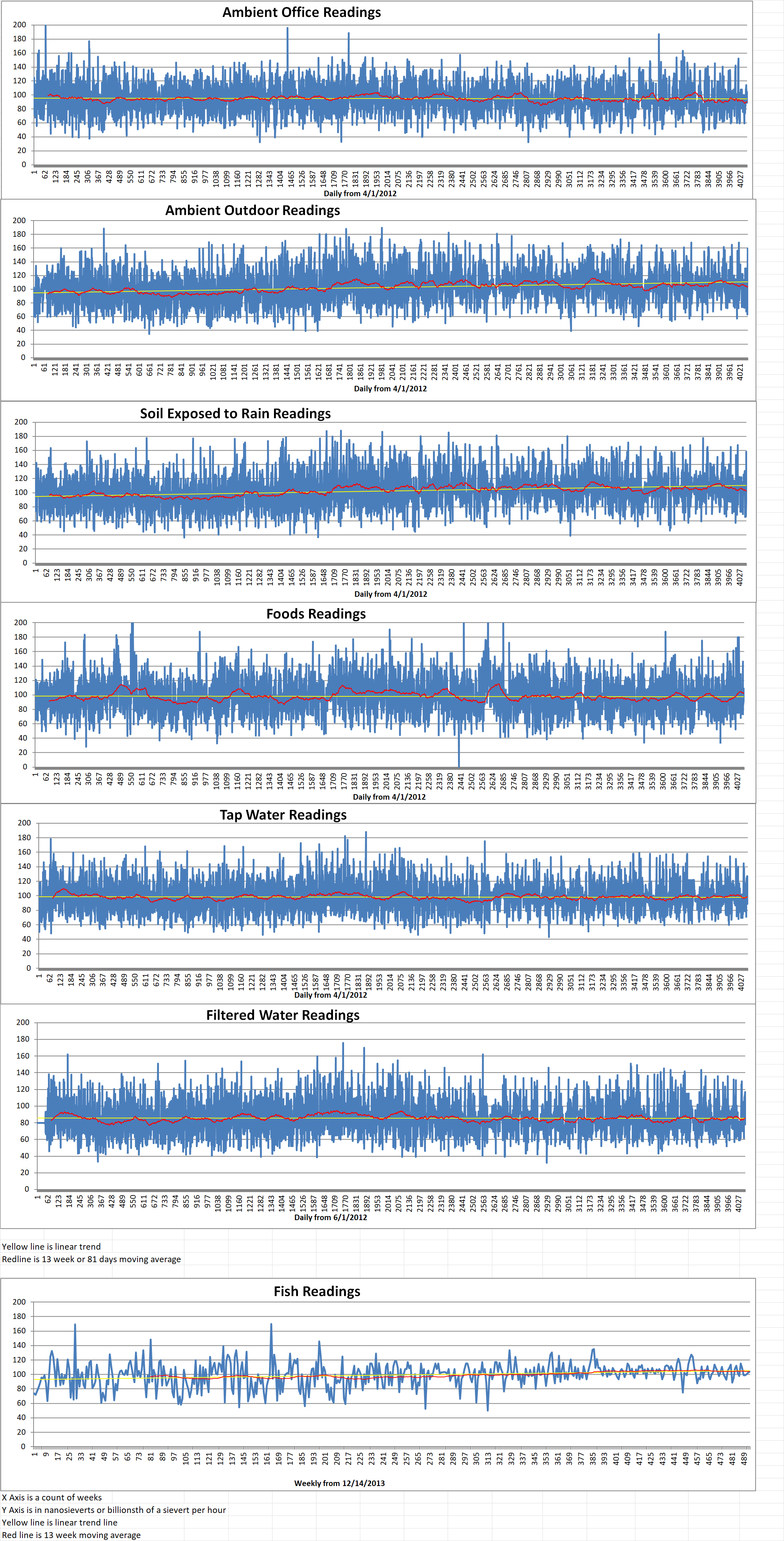
Ambient office = 104 nanosieverts per hour
Ambient outside = 108 nanosieverts per hour
Soil exposed to rain water = 100 nanosieverts per hour
Mini cuke from Central Market = 91 nanosieverts per hour
Tap water = 94 nanosieverts per hour
Filter water = 78 nanosieverts per hour

Part 2 of 2 Parts (Please read Part 1 first)
The Princeton researchers, using archived weather data over a forty-eight-hour period across a number of dates in 2021 to simulate the expected radioactive plume, discovered that the West Coast states were at the lowest risk due to a prevailing easterly wind.
However, depending on the exact wind direction, the worst fallout could rain down over any part of the U.S. and Canada east of Idaho. Based on weather patterns on December 2, 2021, Chicago, Illinois and Washington D.C., among other population centers, would be in the direct path of a fatal dose of radiation.
In a worst-case scenario, almost all of Montana and North Dakota, as well as parts of Nebraska, Colorado, Wyoming, South Dakota and Kansas would receive a dose of radiation more than ten times what is considered lethal, bringing death in a few days. Most of the Midwestern U.S., would receive a lethal dose of radiation, while elsewhere would see deaths occur in weeks.
The researchers found that most people living in North America would have a one percent chance of receiving an outdoor dose severe enough to cause acute radiation poisoning resulting in death.
The Princeton modeling makes its prediction based on the assumption that all silo-based missiles would be struck. The report does note that its projections have already been confirmed by a 1990 Federal Emergency Management Agency assessment. It found that no part of the U.S. was beyond the risk of deadly levels of radiation.
Laura Helmuth is the Scientific American’s editor-in-chief. She said, “These maps send a clear message with which the many nuclear safety and environmental experts we spoke to concur: these are not risks that we should be taking.”
The Pentagon stressed the need for the U.S. to have a functioning atomic arsenal to act as a deterrent against other nations with nuclear arsenals. Some critics have questioned the cost and necessity of the new missile replacement program because of the occasional false alarms in the system and the advances in U.S. submarines and aerial strike capabilities.
William J. Perry, former U.S. Secretary of Defense, stated his opinion in 2016 that “there is only one way to win an arms race: refuse to run.” He added that “The only real way to use nuclear weapons is never. They should exist only in numbers large enough to deter their use by others, which they already abundantly do, with not one warhead more.” His opinion was cited in the Scientific American article.
A DoD spokesperson claimed that the “the attributes of each Triad leg are complementary, ensuring that the United States can withstand and respond to any strategic attack.”
He added that “After extensive review, the 2022 Nuclear Posture Review reiterated that the combination of all three legs of the U.S. nuclear Triad is the best approach to maintaining strategic stability at reasonable cost while mitigating against the risk of potential technical, programmatic or other problems or vulnerabilities. Silo-based ICBMs have been a core element of the Triad for over 60 years, and the replacement of the Minuteman III ICBM weapon system by the Sentinel ICBM weapon system does not increase risk to the United States.”
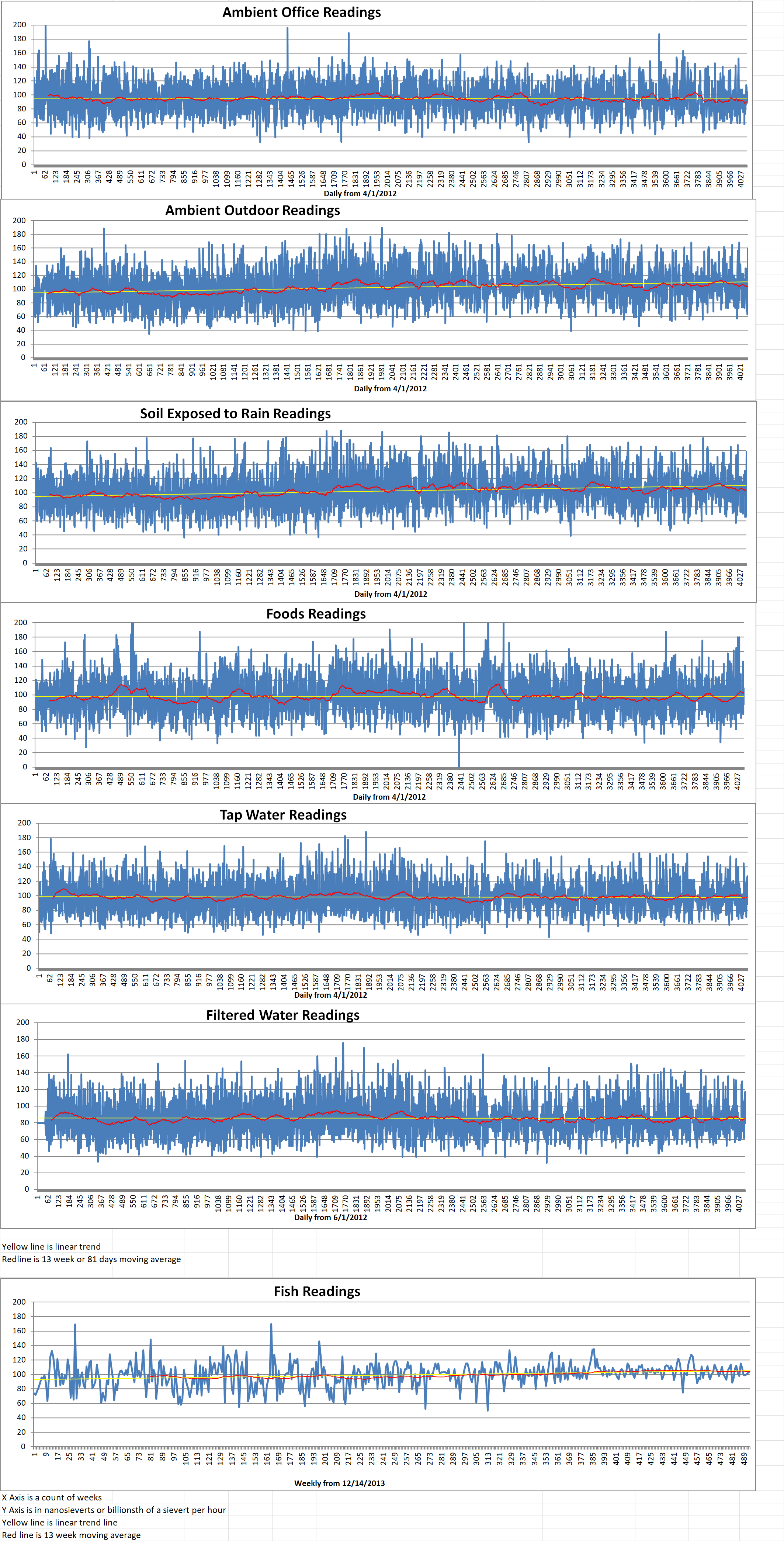
Ambient office = 104 nanosieverts per hour
Ambient outside = 159 nanosieverts per hour
Soil exposed to rain water = 158 nanosieverts per hour
Green grape from Central Market = 109 nanosieverts per hour
Tap water = 89 nanosieverts per hour
Filter water = 80 nanosieverts per hour
Wyoming nuclear plant on track despite industry setback, developer says postregister.com
Bruce completes largest-to-date radioisotope delivery world-nuclear-news.org
First refueling at floating nuclear power plant world-nuclear-news.org
Hungary to consider alternative sources for nuclear fuel world-nucledarw-news.org
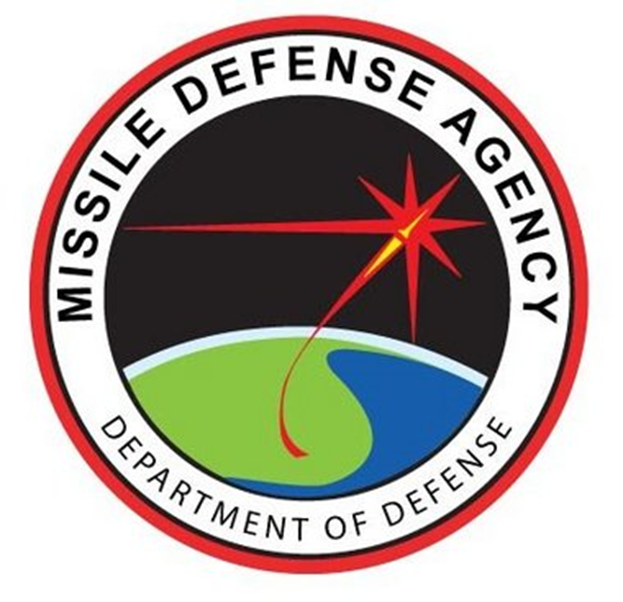
Part 1 of 2 Parts
It is estimated that a nuclear strike on U.S. cities would be devastating. However, a nuclear attack on U.S. missile silos would kill millions by acute radiation poisoning in a few days. Radioactive fallout would spread across the entire country.
A recent study published in Scientific American concluded that if the strategic missile launch bases were hit, most of the Midwest would be bathed in a more than legal dose of radiation. In a worst-case scenario, most of the U.S. and Canada would become uninhabitable.
Researchers at Princeton University’s Program on Science and Global Security estimated that in the first four days after the missile silos were struck, between three hundred forty thousand and four and a half million people would die. The average death toll would be around one and a half million. The report they produced predicted that three hundred million people would be at risk of a lethal dose of fallout.
The Princeton study follows a statement by the U.S. Air Force last year that said that it would be replacing all of its Minuteman III intercontinental ballistic missiles (ICBM). These missiles have been in operation since the 1970s. There are also more modern Sentinel missiles from 2009.
It is estimated that the one and a half trillion-dollar plan will replace all four hundred of the older missiles. Though the range and payload of the Sentinel ICBM have not been officially released, they are believed to have an equivalent explosive power of eight hundred kilotons of TNT. When fired, they are expected to travel up to six thousand miles and strike any target around the world in thirty minutes.
Minuteman missiles have a range of eight thousand miles. They carry estimated payloads equivalent to one hundred seventy to three hundred fifty-five kilotons.
The researchers at Princeton said that the U.S. Air Force had investigated the potential effects on humans and the environment of deploying a Sentinel. However, they did not mention what would happen if the missiles were detonated in their silos.
A Department of Defense (DoD) spokesperson told Newsweek that it had not had the opportunity to review the Princeton report so they could not directly address its findings. However, they did say that the Sentinel missiles would not increases the risk to the U.S.
The DoD said, “The 2022 Nuclear Posture Review made clear that a nuclear war cannot be won and must never be fought. To this end, the best deterrent to adversary initiation of nuclear war against the United States or its allies or partners is a safe, secure and effective nuclear deterrent and strong and credible extended deterrence.”
U.S. nuclear missiles silo bases are located across five states including Colorado, Wyoming, Nebraska, Montana and North Dakota. They form part of the U.S. “nuclear triad, which gives the U.S. the ability to also launch nuclear strikes from submarines and aircraft if one leg of the triad is compromised.
The researchers said that the nuclear missiles in their silos are buried deep underground and covered with a huge blast door. In order to detonate one of those missiles, an enemy nuclear warhead would have to land very close to the silo.
Please read Part 2 next
West’s concerns over expansion of war in case of pressure against Iran’s nuclear program tehrantimes.com
‘Nuclear tinderbox’: Kim’s threats put North Korea on wrong side of history theguardian.com
South Korea does not need nuclear subs thehill.com
Media Advisory: AtkinsRéalis to Introduce Developments in CANDU Nuclear Technology Design at World Nuclear Exhibition finance.yahoo.com
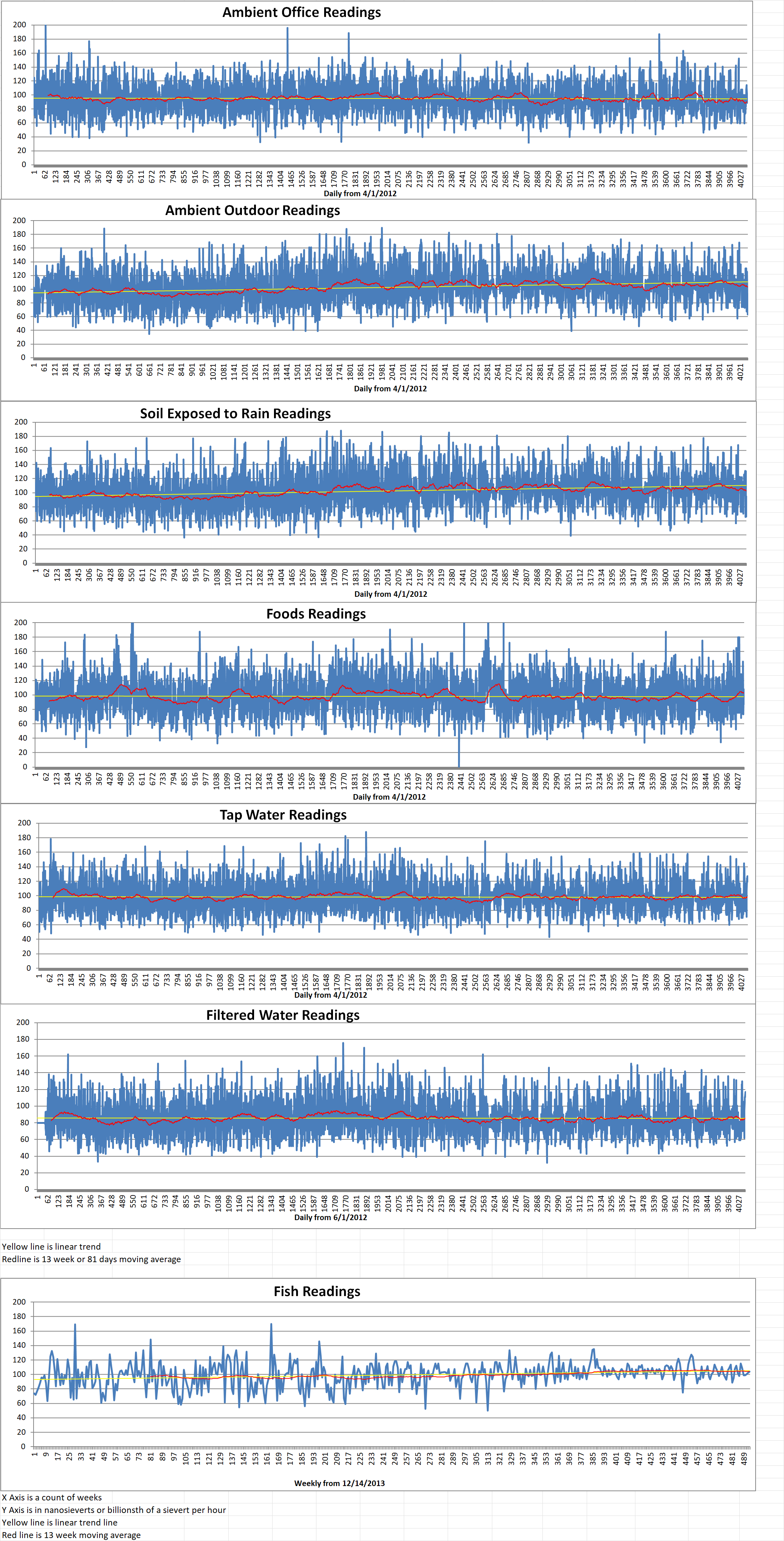
Ambient office = 89 nanosieverts per hour
Ambient outside = 92 nanosieverts per hour
Soil exposed to rain water = 94 nanosieverts per hour
Blueberry from Central Market = 104 nanosieverts per hour
Tap water = 127 nanosieverts per hour
Filter water = 117 nanosieverts per hour